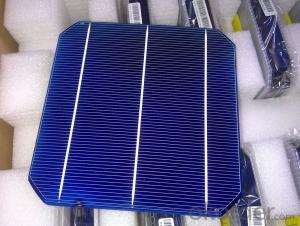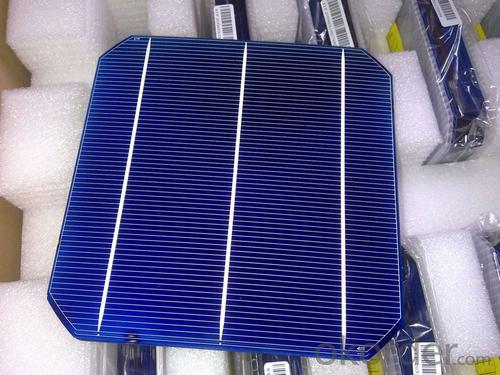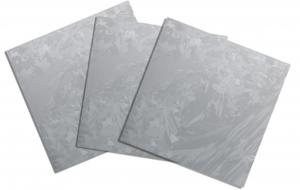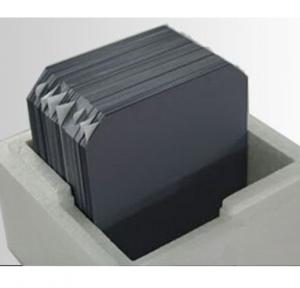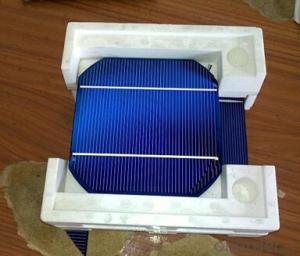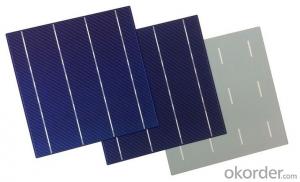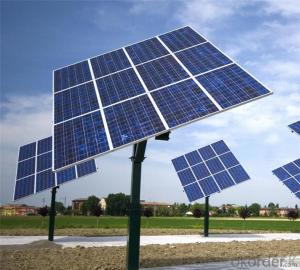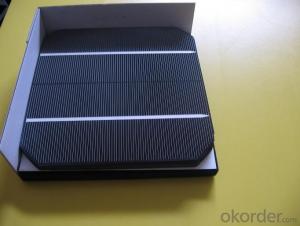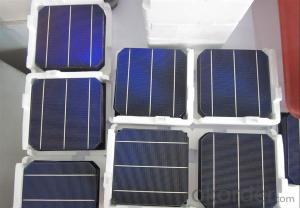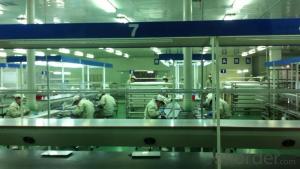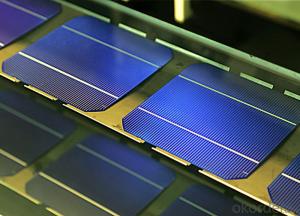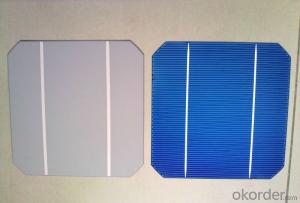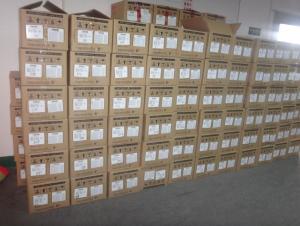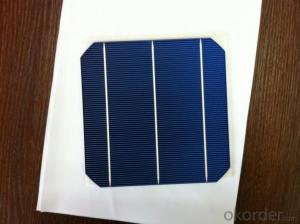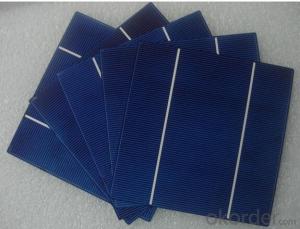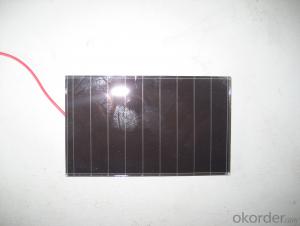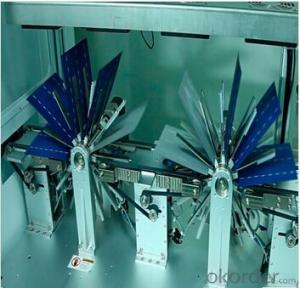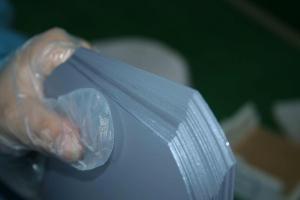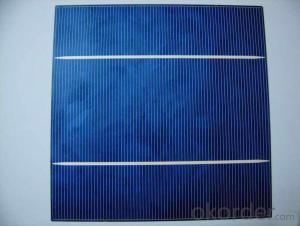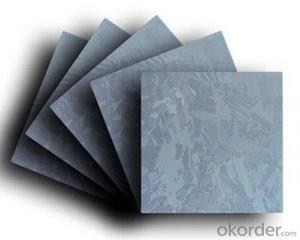Solar Grade Silicon Wafer - Mono Solar Cells 156mm*156mm in Bulk Quantity Low Price Stock 19.4
- Loading Port:
- Shanghai
- Payment Terms:
- TT OR LC
- Min Order Qty:
- 1000 pc
- Supply Capability:
- 100000 pc/month
OKorder Service Pledge
OKorder Financial Service
You Might Also Like
Brief Introduction
- Up to 20.0% efficiency, one of the highest performing mono crystalline cells on the market
- Three bus bars boosts current collection over the entire cell area, leading to higher fill factors
- Blue anti-reflecting coating allows more sunlight be captured and converted to electricity
- Finer, closer fingers improves charge collections for improved energy yield
- Lower light-induced degradation leads to greater power output over the entire module lifetime
- All solar cells are tightly classified to optimize output of module
- Maximum yield and longevity due to hotspot prevention
- Premium appearance results in a highly uniform and aesthetically appealing module
Specification
- Product Mono-crystalline silicon solar cell
- Dimension 156 mm x 156 mm ± 0.5 mm
- Thickness 200 μm ± 30 μm
- Front 1.5 ± 0.1 mm busbar (silver)
- Silicon nitride antireflection coating
- Back 3.0 mm continuous soldering pads (silver)
- Back surface field (aluminum)
Electric performance parameters

- Testing conditions: 1000 W/m2, AM 1.5, 25 °C, Tolerance: Efficiency ± 0.2% abs., Pmpp ±1.5% rel.
- Imin : at 0.5 V
Light Intensity Dependence
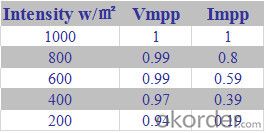
Soldering Ability
- Peel Strength: > 1.0 N/mm (Pull soldered ribbon from busbar in 5 mm/s of 180°)
Dimension Figure
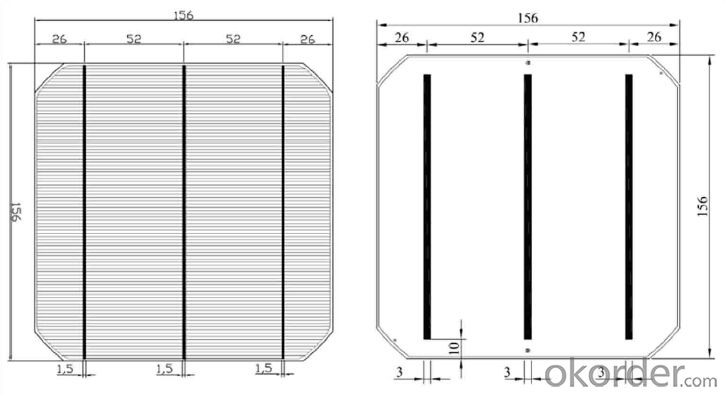
Quick Response
- Any time and anywhere, reply clients' email and solve all problems happen in the work at the first time.
- Remove clients doubts and offer the best solution at the first time.
- Give our clients the lastest news of the photovoltaic, update the newest stock informtion.
Production and Quality Control
- Precision cell efficiency sorting procedures
- Stringent criteria for color uniformity and appearance
- Reverse current and shunt resistance screening
- ISO9001,ISO14001 and OHSAS 18001,TUV Certificated
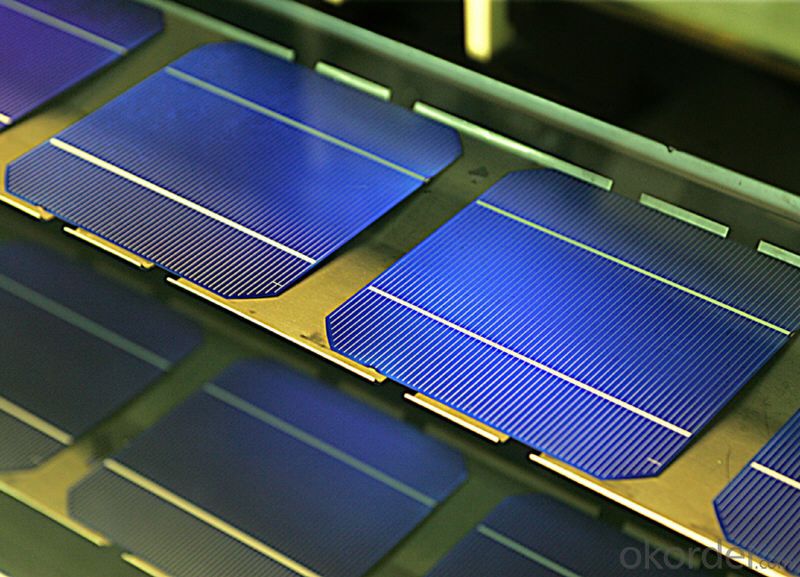
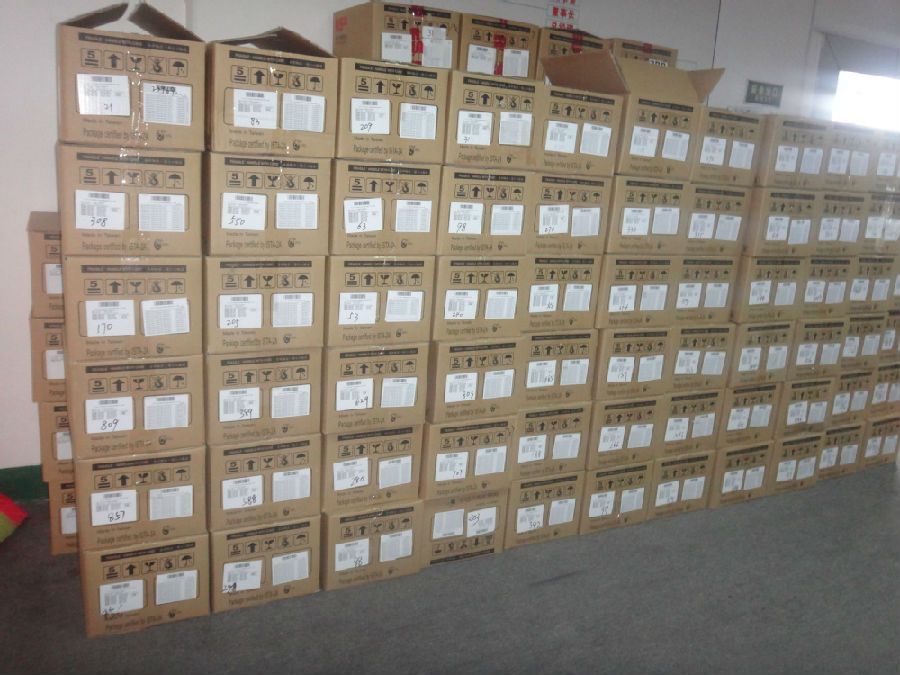
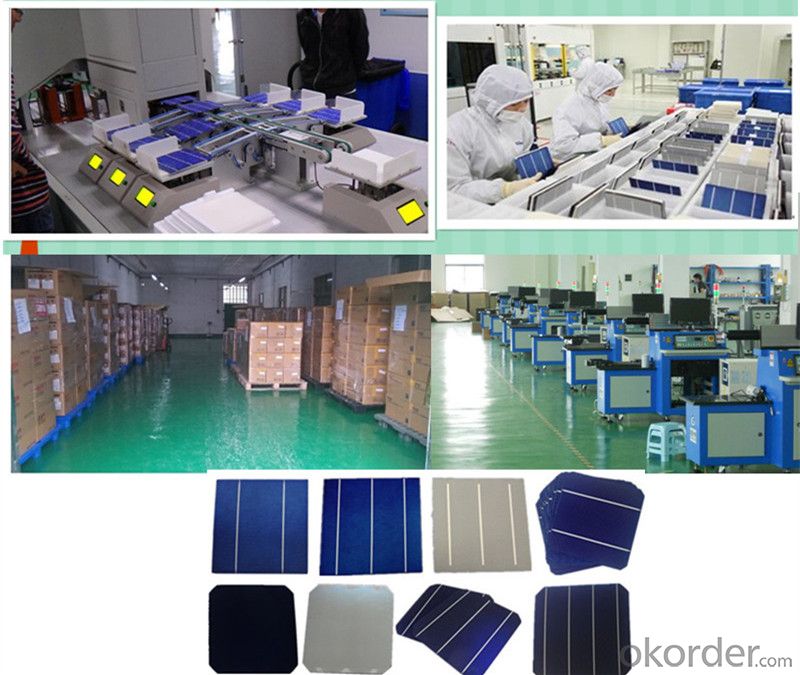
FAQ:
1. Q: Do you have your own factory?
A: Yes, we have. Our factory located in Jiangsu
2. Q: How can I visit your factory?
A: Before you visit,please contact us.We will show you the route or arrange a car to pick you up.
3. Q: Do you provide free sample?
A: Commenly we provide paid sample.
4. Q: Could you print our company LOGO on the nameplate and package?
A: Yes, we accept it.And need an Authorization Letter from you.
5. Q: Do you accept custom design on size?
A: Yes, if the size is reasonable.
6. Q: How can I be your agent in my country?
A: Please leave feedback. It's better for us to talk about details by email.
7. Q: Do you have solar project engineer who can guide me to install system?
A: Yes, we have a professional engineer team. They can teach you how to install a solar system.
- Q: Are solar silicon wafers affected by electrical noise?
- Yes, solar silicon wafers can be affected by electrical noise. Electrical noise refers to any unwanted fluctuations or disturbances in an electrical signal, and it can interfere with the performance and efficiency of solar cells. Noise can disrupt the flow of electrons in the silicon wafers, leading to reduced output power and overall degradation of the solar panel's performance. Therefore, it is important to minimize electrical noise in order to optimize the efficiency of solar silicon wafers.
- Q: What is the typical purity level of silicon used in solar silicon wafers?
- The typical purity level of silicon used in solar silicon wafers is around 99.9999%.
- Q: How does the efficiency of a solar silicon wafer change over time?
- The efficiency of a solar silicon wafer tends to decrease over time due to various factors such as degradation, wear and tear, and exposure to environmental conditions. These factors can lead to the accumulation of dirt, dust, and microcracks on the surface of the wafer, which hampers its ability to convert sunlight into electricity efficiently. Additionally, prolonged exposure to sunlight and heat can cause the wafer to degrade, resulting in a gradual reduction in its overall efficiency. Regular maintenance and cleaning can help mitigate these effects and prolong the lifespan of the solar silicon wafer.
- Q: Can solar silicon wafers be used in concentrated photovoltaic systems?
- Yes, solar silicon wafers can be used in concentrated photovoltaic systems. Concentrated photovoltaic systems use lenses or mirrors to concentrate sunlight onto smaller, more efficient solar cells. These systems can utilize traditional silicon-based solar cells, including silicon wafers, to capture and convert the concentrated sunlight into electricity.
- Q: After cutting a few chips, mortar density is getting lower and lower
- PEG water absorption is very strong, as long as the air humidity is slightly higher, then did not cut the water content of a mortar on the rise, as well as the viscosity of mortar and mortar temperature is related to the temperature difference, the viscosity of mortar to a difference of about 10
- Q: Can solar silicon wafers be used in tandem with other types of solar cells?
- Yes, solar silicon wafers can be used in tandem with other types of solar cells. Tandem or multi-junction solar cells combine different materials to maximize the absorption of sunlight and increase overall efficiency. Silicon wafers are often used as the bottom cell in tandem solar cells due to their cost-effectiveness and stability. By combining them with other types of solar cells, such as perovskite or gallium arsenide, we can enhance the energy conversion efficiency and generate more electricity from a broader range of the solar spectrum.
- Q: Can solar silicon wafers be used in solar-powered educational institutions?
- Yes, solar silicon wafers can be used in solar-powered educational institutions. These wafers are a crucial component of solar panels, which generate electricity from sunlight. Solar-powered educational institutions can install solar panels using silicon wafers to harness renewable energy and reduce dependence on traditional power sources. This sustainable energy solution can help these institutions become more environmentally friendly while educating students about the benefits of solar power.
- Q: Can solar silicon wafers be used in other applications besides solar panels?
- Yes, solar silicon wafers can be used in other applications besides solar panels. They are also commonly used in the production of semiconductors, integrated circuits, and various electronic devices due to their excellent electrical properties and high purity.
- Q: How do solar silicon wafers perform in urban environments?
- Solar silicon wafers perform well in urban environments due to their ability to efficiently convert sunlight into electricity. However, certain factors such as shading from tall buildings and pollution can impact their performance. Overall, with proper installation and maintenance, solar silicon wafers can effectively generate renewable energy even in urban settings.
- Q: After wafer cleaning, how to change the film?
- Name compositionEffectSPMH2SO4: H2O2: H2ORemoval of heavy organic matter, but it is difficult to remove organic matter when it is very seriousDHFHF: (H2O2): H2OCorrosion of the surface oxide layer to remove metal contaminationAPM (SC1) NH4OH: H2O2: H2O can remove particles, some organic matter and some metals, this solution will increase the surface roughness of silicon waferHPM (SC2) HCl: (H2O2): H2O is mainly used to remove metal contamination
Send your message to us
Solar Grade Silicon Wafer - Mono Solar Cells 156mm*156mm in Bulk Quantity Low Price Stock 19.4
- Loading Port:
- Shanghai
- Payment Terms:
- TT OR LC
- Min Order Qty:
- 1000 pc
- Supply Capability:
- 100000 pc/month
OKorder Service Pledge
OKorder Financial Service
Similar products
Hot products
Hot Searches
Related keywords
